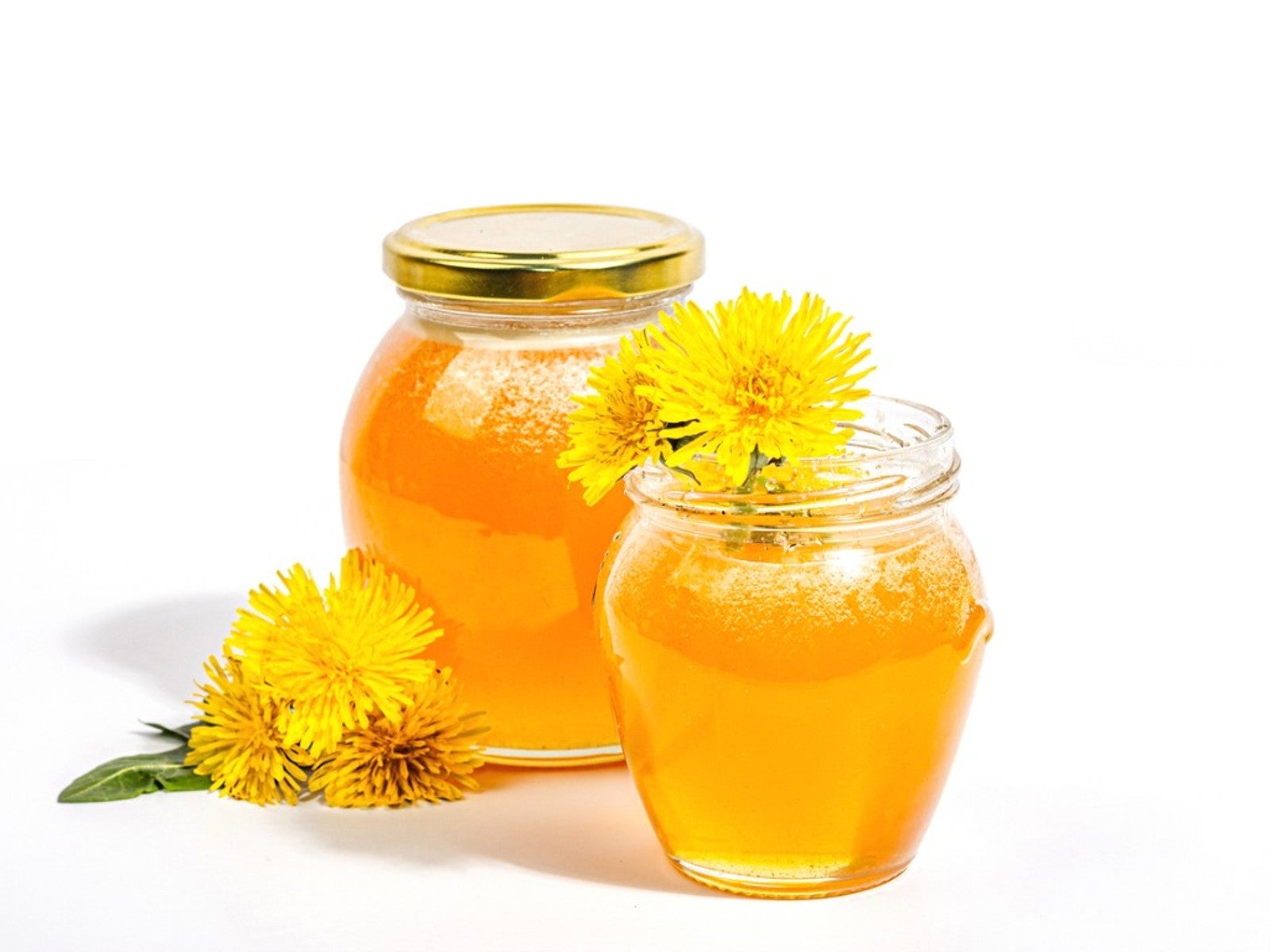Making Delicious Flower Jelly From The Garden


The wild flora in your area may be a secret source of deliciousness. Wildflowers beautify the landscape, feed the pollinators and birds, and may provide a delightful jelly to enjoy with morning toast. Our ancestors had many flower jelly recipes, yielded from blooms collected in the wild. Learn how to make flower jelly and enjoy the free, sweet, tastiness of native flora.
Foraging is a popular activity which has experienced a resurgence in recent years. Many wild plants can produce nutritious and tasty recipe ingredients. Just as the bees enjoy the nectar of blooming plants, we can also utilize that in homemade recipes. Make some dandelion jelly, or enjoy the flavors of a clover jelly. There are plenty of wild flowers to harvest and turn into scrumptious preserves to adorn our tables.
Plants for Jellies
A day hike in spring or summer will astound with the colorful, scented, and tasty flowers nature provides. Many of us have heard you can make dandelion jelly, along with wine and other appetizing treats, but other flowers can similarly be turned into preserves. Wild violet jelly is only 4 ingredients and produces a sweet, fuchsia hued spread. Clover jelly has notes similar to clover honey, a much sought after treat. Other plants with flowers that can be used in preserves are:
- Elderberry
- Rose
- Lavender
- Chamomile
- Hibiscus
- Lemon Balm
- Passionflower
- Citrus Blossoms
- Bee Balm
- Queen Anne's Lace
A great way to enhance the flavors of the jelly is by combining blooms in the recipe. You can add citrus zest or herbs to bring out certain notes in the preserve. The choice is entirely up to the chef and personal taste. A little trial and error will show you how much amendment the jelly needs to suit you.
Tips on Gathering Flowers
Try to ensure the blooms you are targeting haven't been sprayed with chemicals, which often occurs along roadsides where herbicides are used. In general, an open field is safe, or you can harvest directly from your own garden.
The best time to harvest is in the morning. Select flowers that are new and still holding all their petals. Watch out for the bees that will likely be competing with you for the nectar. Wash the flowers in a colander and let them air dry a bit. Roughly chop the flowers and then make a decoction. Cover the flowers in enough water to cover them in a sauce pan. Boil this for a few minutes and take the pan off the heat. Then let the flowers steep overnight. Strain the solids away and it is time to make jelly.
How to Make Flower Jelly
Whether you are making a clover or another type of jelly, once you have the decoction it is time to proceed. Set up your canning station, or you can pour the finished jelly into sterile glass jars and store in the refrigerator for about 3 weeks.
Gardening tips, videos, info and more delivered right to your inbox!
Sign up for the Gardening Know How newsletter today and receive a free copy of our e-book "How to Grow Delicious Tomatoes".
Consult the pectin instructions for the amount of sugar, and pectin, for the amount of decoction you have. Depending on the flower, some added citrus may help keep the recipe from turning out tooth achingly sweet. Stir together the flower tea, sugar, and pectin and let it come to a rolling boil for a couple of minutes. Take the pan off the heat and skim off any foam. Then proceed to the canning step, or decant into glass jars with lids.

Bonnie Grant is a professional landscaper with a Certification in Urban Gardening. She has been gardening and writing for 15 years. A former professional chef, she has a passion for edible landscaping.